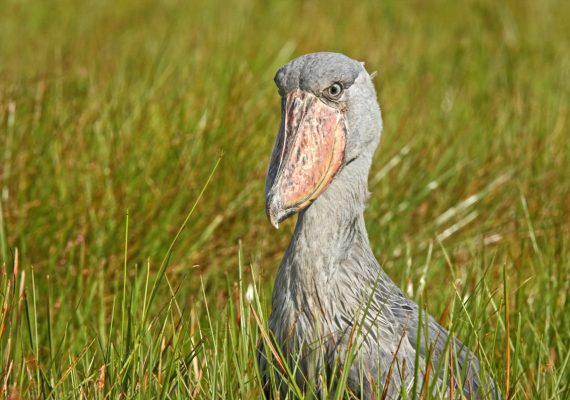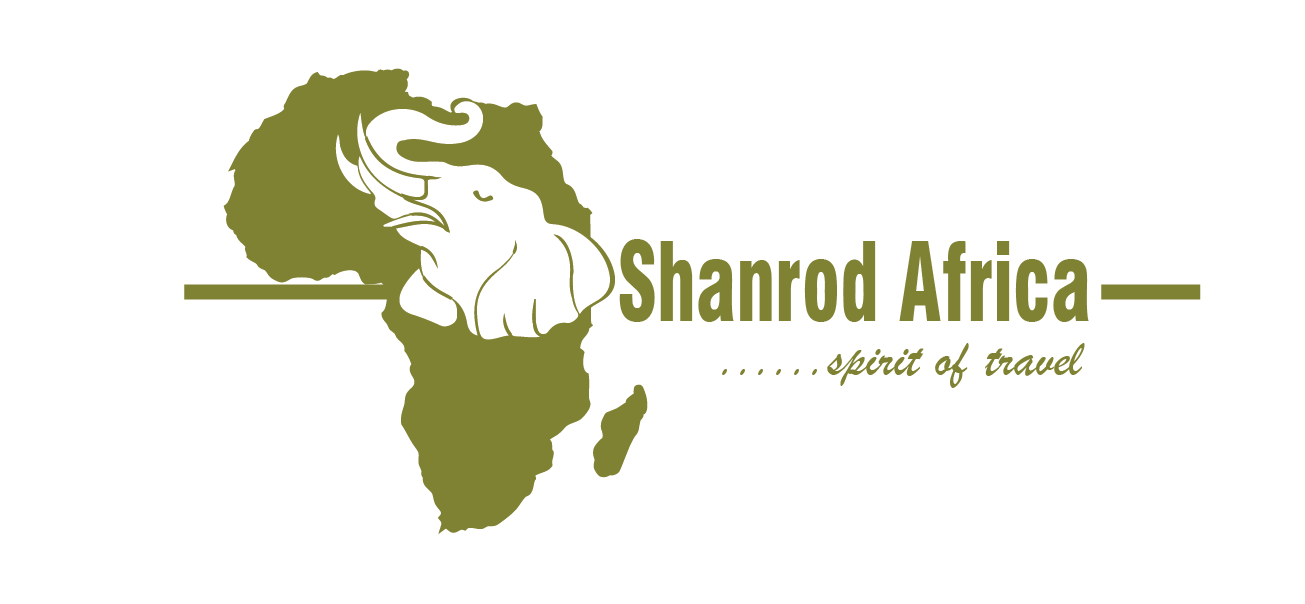Lake Bisina wetland system is located in the north east of Uganda in three districts: Kumi district (Kapir, Mukura, Kumi and Ongino sub-counties); Katakwi district (Wera, Katakwi, Toroma, Kapujan and Magoro sub-counties) and Soroti District (Gweri sub-county). It is located 15 kms from Kumi town.
The shallow Lake Bisina covers an area of about 192 km², and is some 32 km long by 6 km wide, with a thin strip of fringing papyrus swamp. The major river entering the lake is the Apedura, which flows from the north. It has a 30-km long and up to 6.5-km wide flood-plain. The Important Bird Area (IBA) includes the marsh at the south-western end of the lake, beginning with a shallow part dominated by submerged and partially submerged plants such as Nymphaea, Najas and Ceratophyllum.
Lake Bisina falls outside the Karamoja Protected Area system and there are no conservation measures known or proposed for the lake or the surrounding areas. The lake is very important for the surrounding local communities in terms of fishing, transport, and supply of water for domestic use and livestock as well as food during famine.
The lake edge is covered by floating grass Vossia that extends into seasonal Hyparrhenia-dominated grassland. Echinochloa grass also grows extensively in the swamp, forming strong mats on the edges of the marsh Ploceus spekeoides appears to be common in the vicinity of water, at least during the breeding season. A total of 47 nests were counted in early August 1996, but it has not been recorded breeding since. However, the swamp around Nariam has since been drained. The status of this species is not well-known, but its distribution seems to be restricted to the north-eastern part of Uganda. There have been unconfirmed records from Rhino Camp in Arua and south of Lake Kyoga near Nakasongola. Ploceus castanops breeds extensively in the short papyrus fringing the lake. Other notable papyrus species include Bradypterus carpalis, Cisticola carruthersi and Serinus koliensis. There is suitable habitat for the globally threatened Chloropeta gracilirostris, but the species has yet to be recorded.
Noteworthy fauna:
Globally threatened and near-threatened bird species: Shoebill (Balaeniceps rex), Fox’s Weaver (Ploceus spekoides) and the Papyrus Gonolek (Laniarius mufumbiri). The Fox’s Weaver is common in the vicinity of water at least during the breeding season. Breeding of Fox’s Weaver has only been recorded in this wetland in the last two decades.
Other bird species include the near-threatened Grey Heron (Ardea cinerea), Purple Heron (Ardea purpurea), African Marsh Harrier (Circus ranivorus), Grey Crowned Crane (Balearica regulorum), and Lesser Jacana (Microparra capensis).
The Sitatunga (Tragelaphus spekii) and Pelomys hopkinsi are 1996 IUCN Red listed animals.
Four rare species of butterflies Borbo perobscura, Cupidopsis jobates, Hypolimnus misippus, and Lachnocnema brimo are recorded only at Lake Bisina.
Popular Birding Safaris



